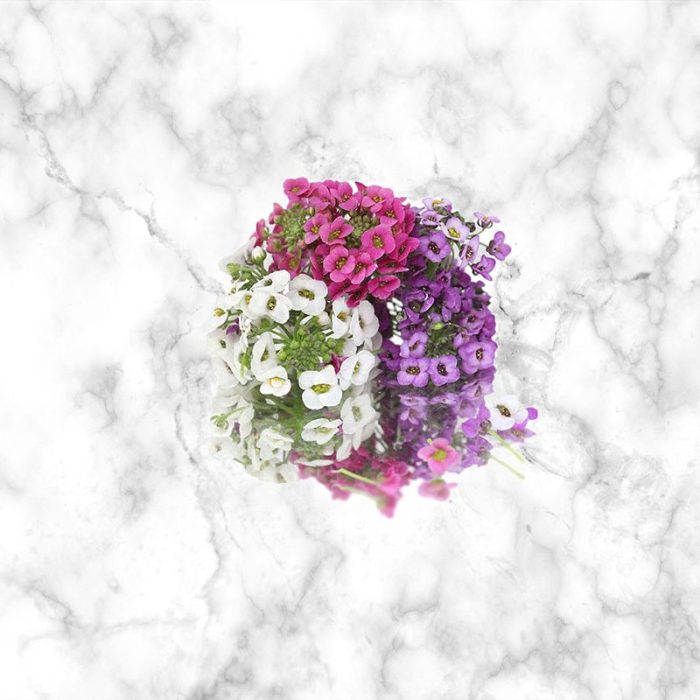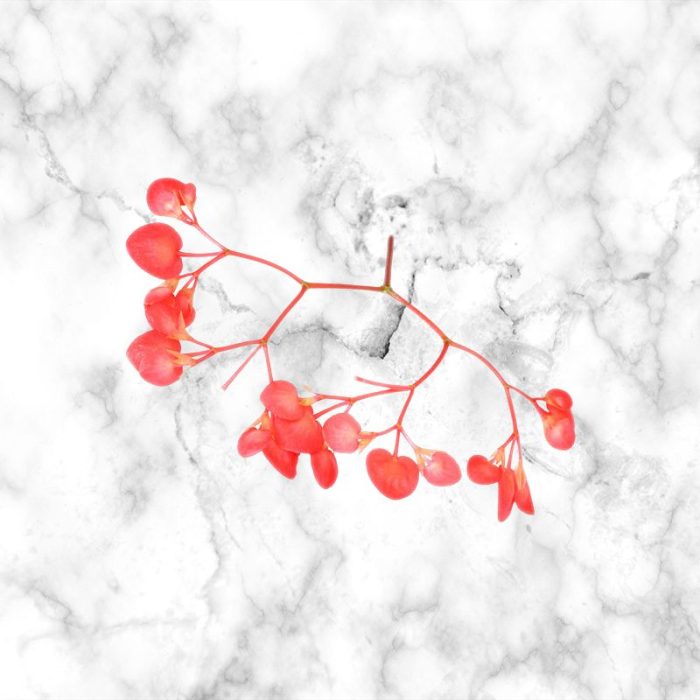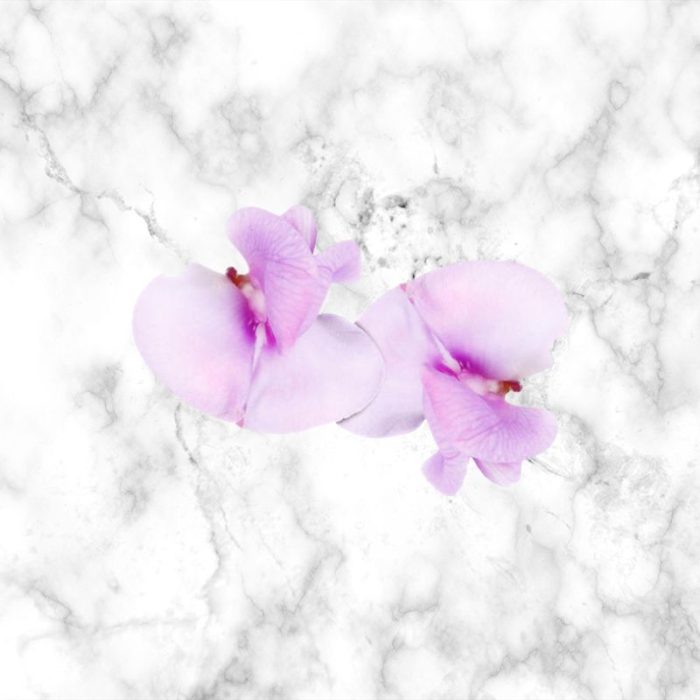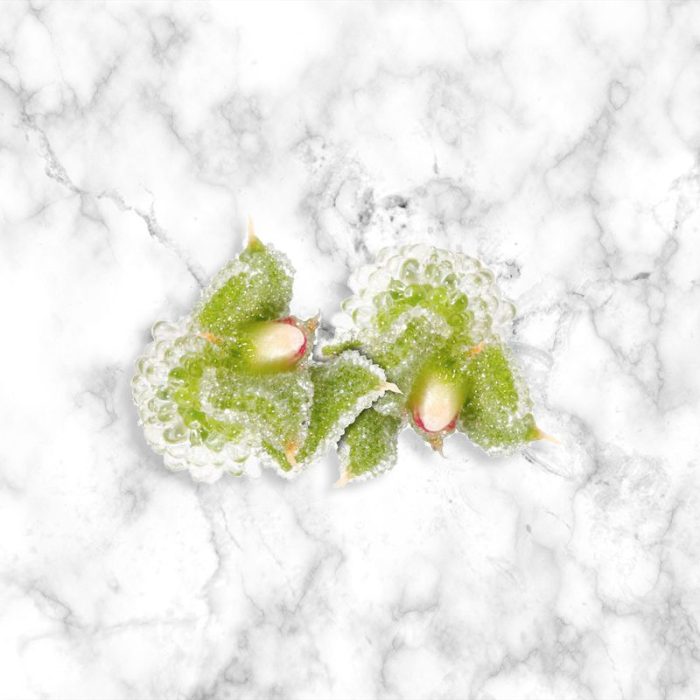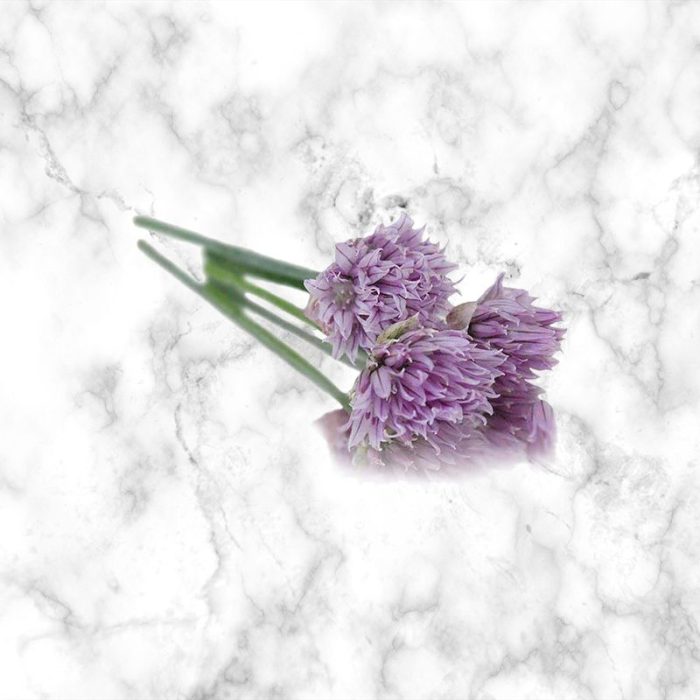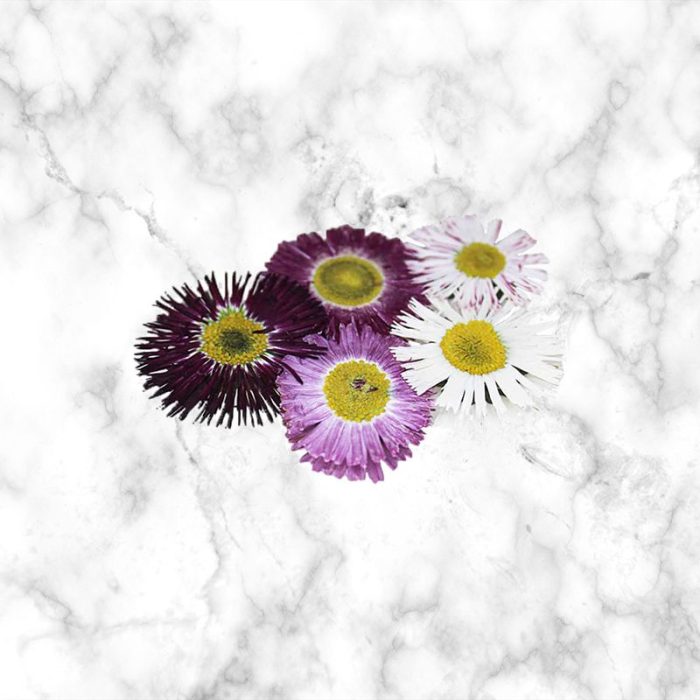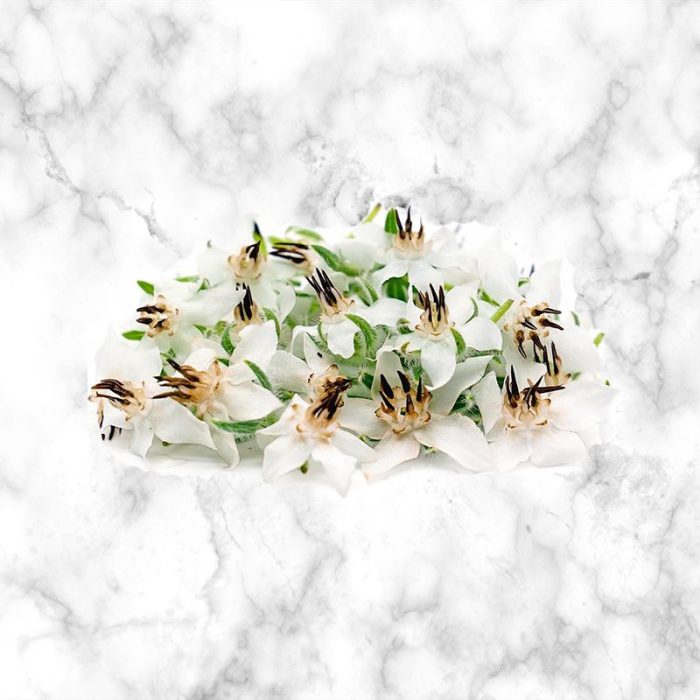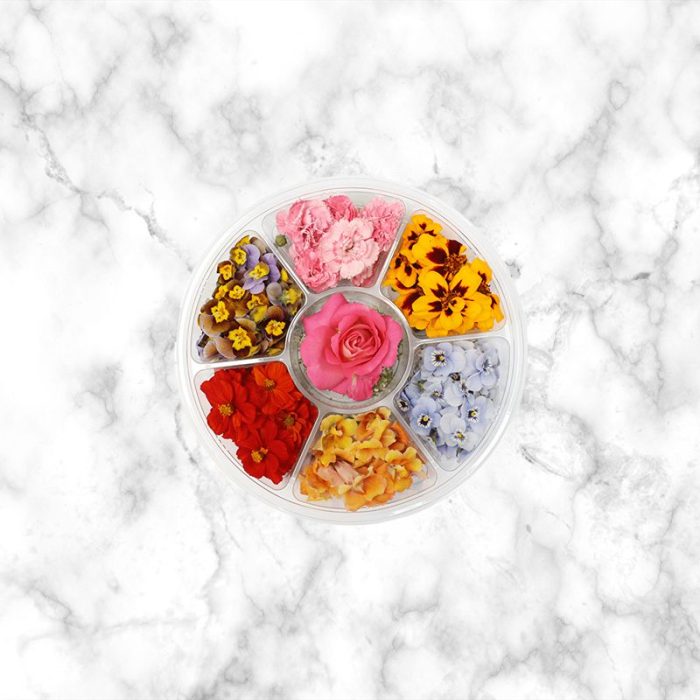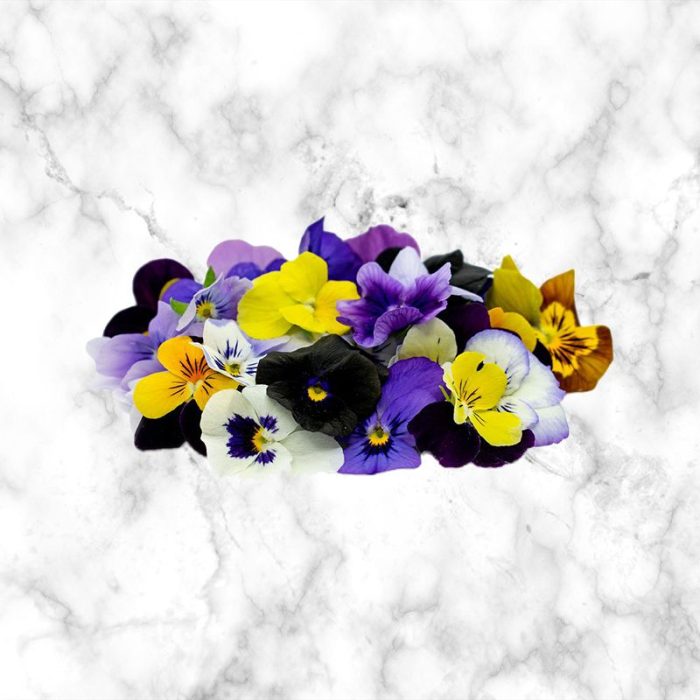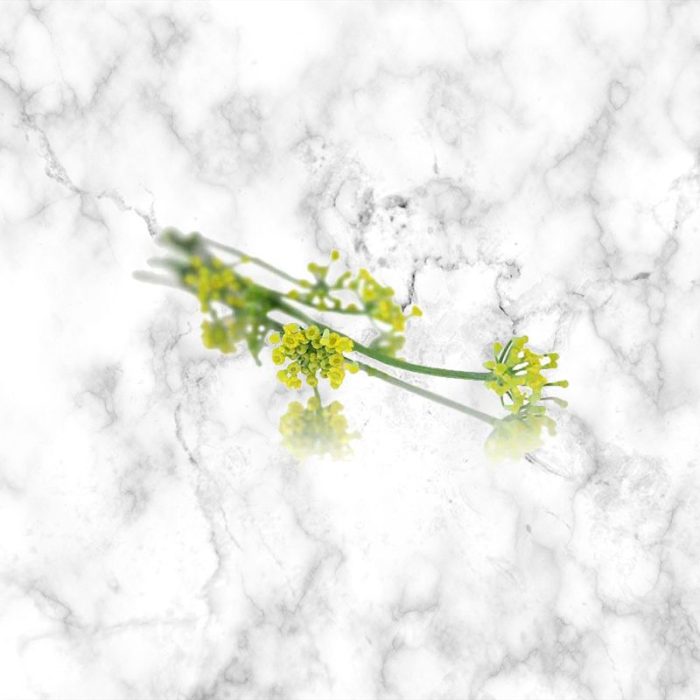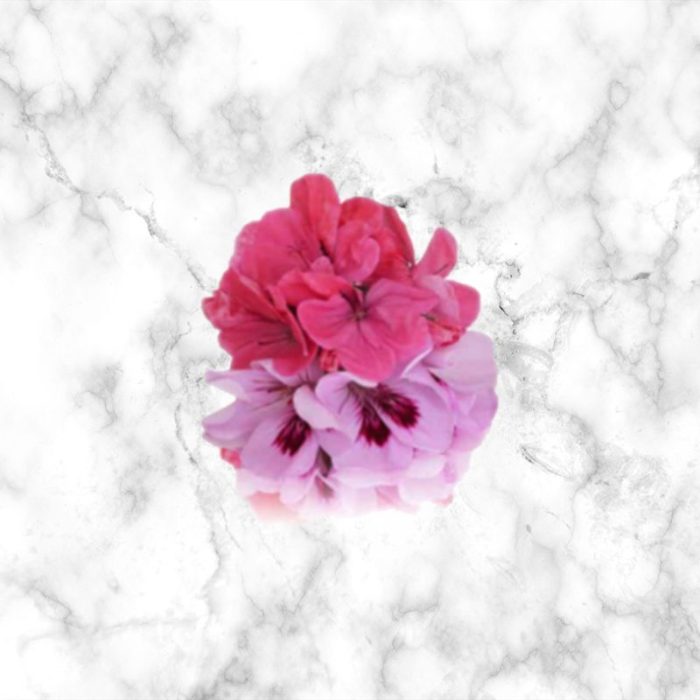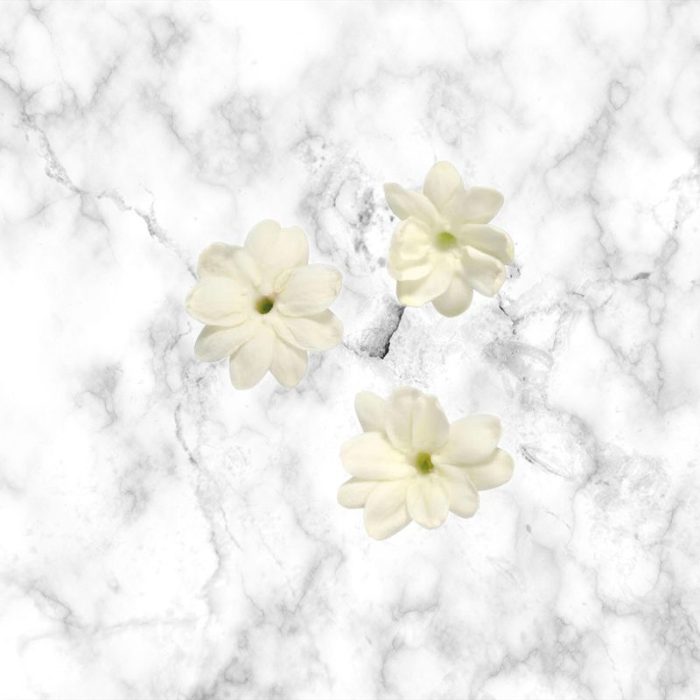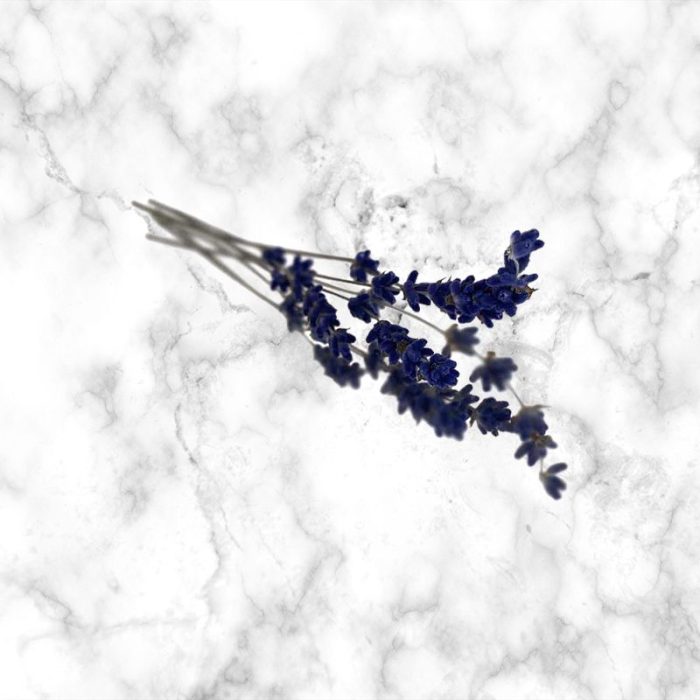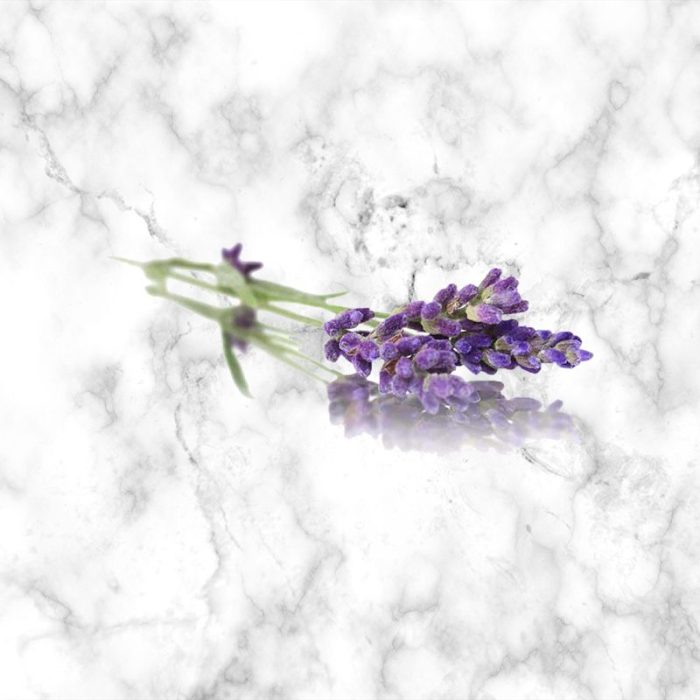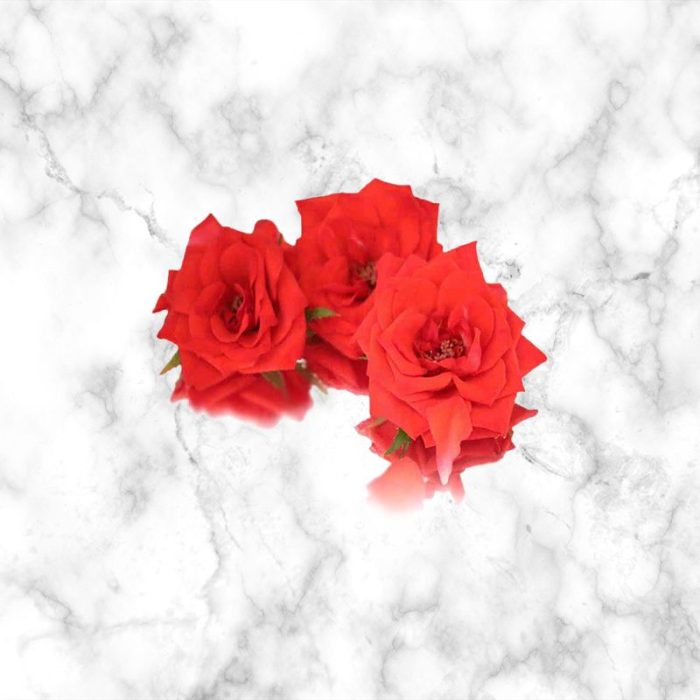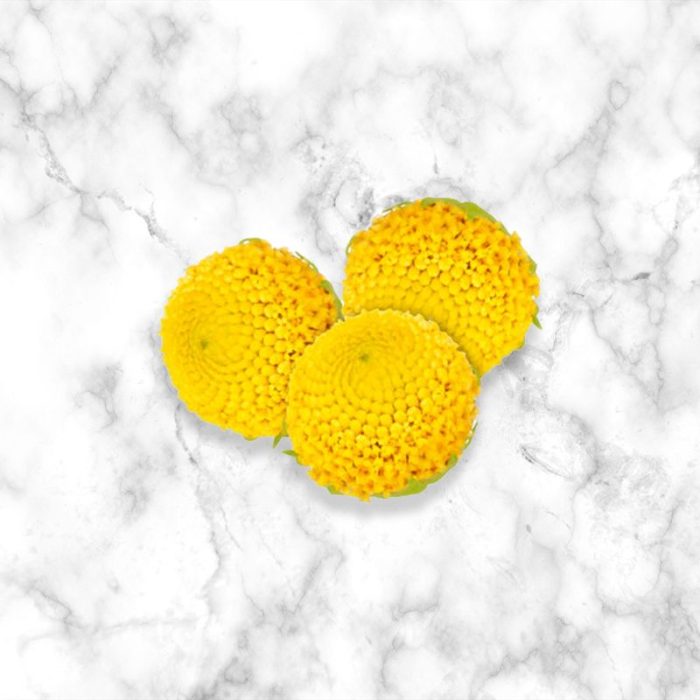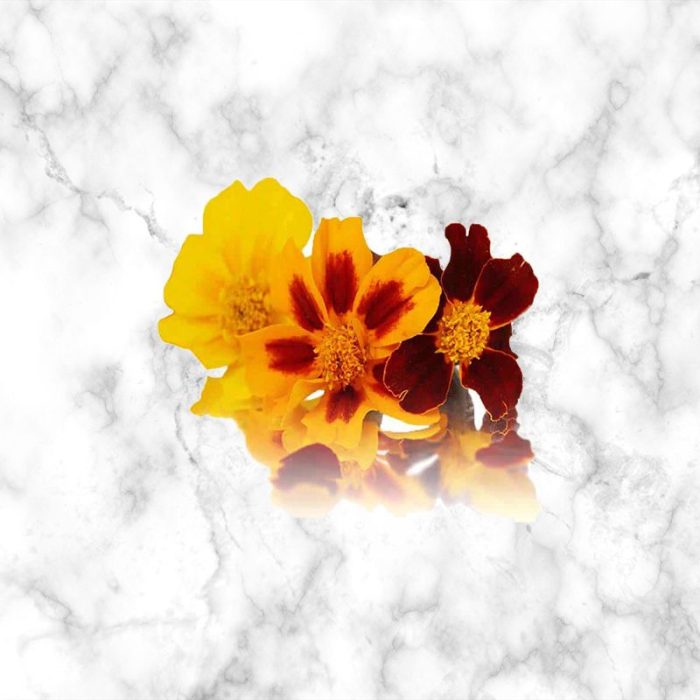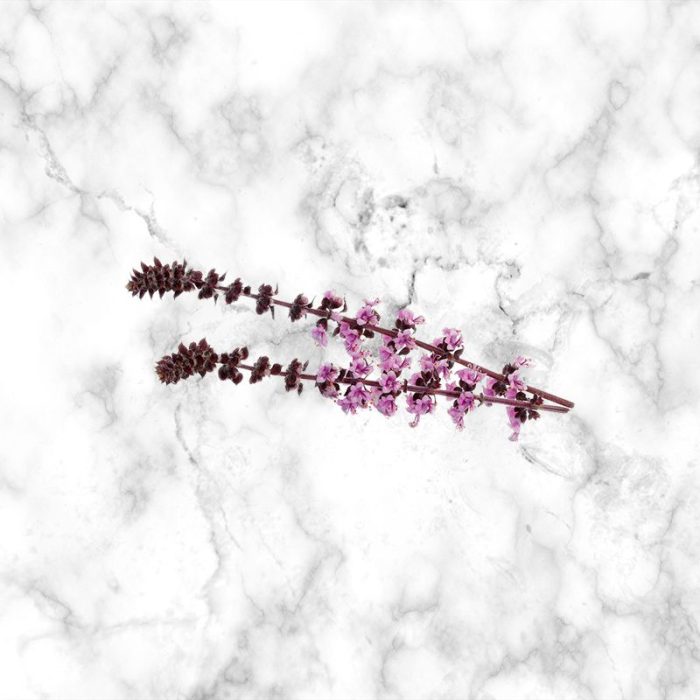Edible Flowers
Edible Flowers from The Artisan Food Company add elegance, fragrance and creativity to your dishes. Sourced from specialist growers who cultivate blooms exclusively for culinary use, our range includes violas, nasturtiums, marigolds, cornflowers and other seasonal varieties. Each flower is carefully selected for visual appeal and subtle flavour — from peppery to floral and citrusy notes. Perfect for garnishing desserts, cocktails, salads or fine dining plates, they bring artistry and freshness to any presentation. We prioritise sustainable cultivation and natural growing practices to ensure purity and quality. Each bloom is freshly packed and delivered swiftly to preserve its colour and aroma. Edible Flowers reflect the spirit of contemporary gastronomy, where taste and beauty unite on the plate. At The Artisan Food Company, we make it possible to recreate restaurant-style presentation at home — effortlessly and elegantly. Transform any meal into an experience that delights every sense.

